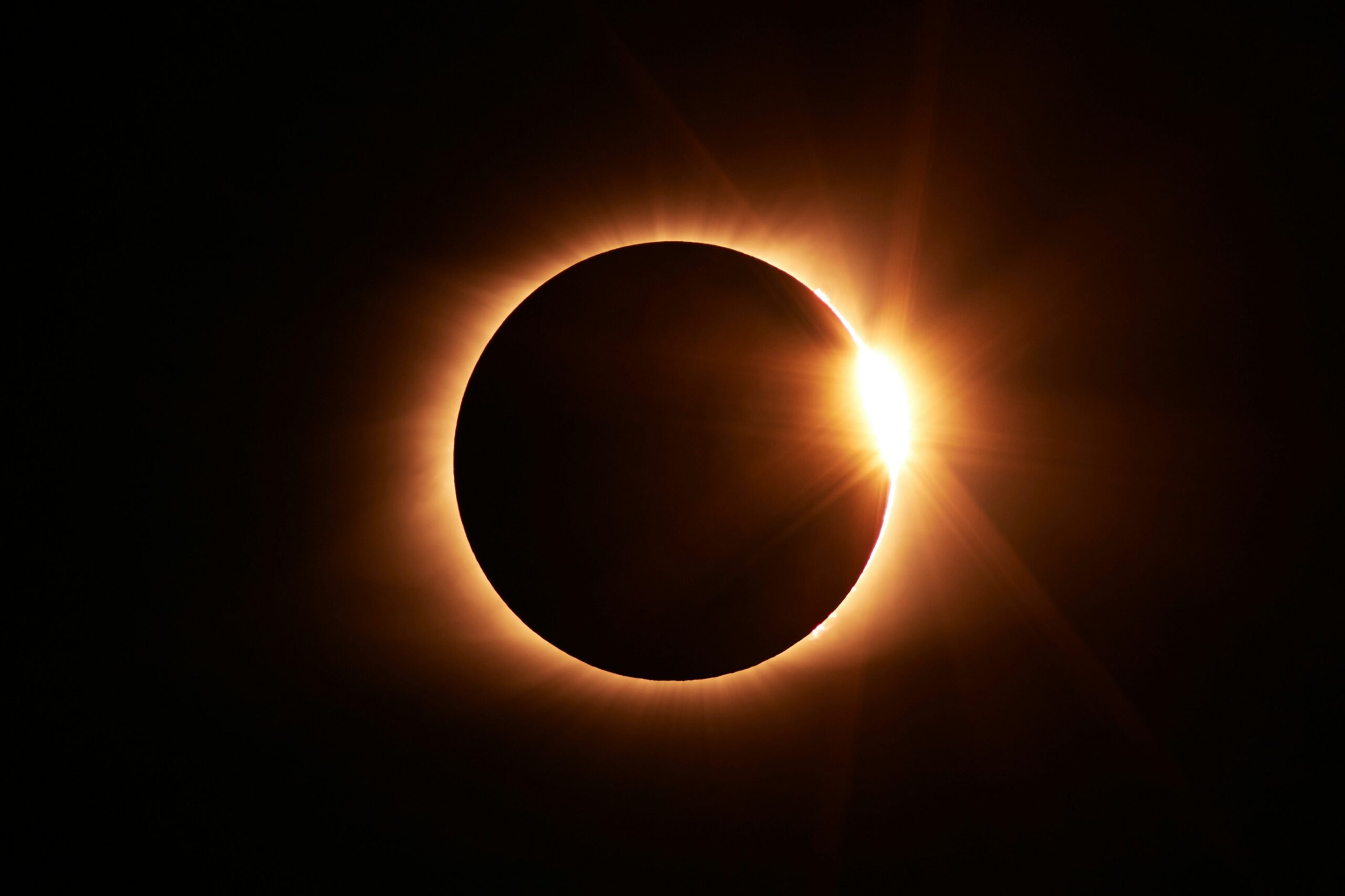As you may have heard on social media and news outlets, there will be a total solar eclipse on April 8th, 2024. A total solar eclipse is an exciting phenomenon in which the Moon blocks the Sun, causing a shadow on Earth. Due to this, the sky turns dark for a couple of minutes for those situated in areas that are in the path of the eclipse. With that in mind, here is a comprehensive article on information regarding the reasons that cause a total solar eclipse and how you can stay safe observing it.
Path of Totality
As exciting as witnessing a solar eclipse sounds, only certain areas of Canada are in its path. Therefore, those in Eastern Canada will have the once-in-a-lifetime opportunity to witness the sky plunge into temporary darkness. More specifically, Sherbrooke and Fredricton are directly in the areas that will experience the eclipse. According to NASA, the event will begin over the South Pacific Ocean, and Mexico’s Pacific Coast is the first area to experience the eclipse in North America around 11:07 a.m. PDT. Many cities across the United States are also impacted by this event, such as Dallas and Cleveland. Hence, this can be a lucrative time for many business owners, and thousands of people flock to these areas to witness the eclipse. However, it is also a time for scientists and researchers to gather information regarding heliophysics and how the Sun impacts our planet.
What is a Solar Eclipse?
To enjoy the upcoming total solar eclipse, it is vital to understand the scientific reasonings behind its occurrence. A solar eclipse occurs as the Moon aligns between the Sun and the Earth during its orbit. There are four types of solar eclipses, each with its unique events. Here is a list:
- Partial Solar Eclipse
- Annular Solar Eclipse
- Total Solar Eclipse
- Hybrid Solar Eclipse
During a total solar eclipse, individuals can see a “solar corona” and a diamond ring effect, “Bailey’s beads.” A solar corona is the outermost part of the Sun’s atmosphere, which is difficult to view during daylight. However, it can become visible during total solar eclipses. A white corona appears around the Sun in an eclipse. On the other hand, the “Bailey’s beads” phenomenon is caused by the rugged terrain, consisting of mountains and valleys on the Moon that cause sunlight to pass through, known as bright spots.
Observing the Eclipse
To watch this astronomical, it is important to protect your eyes using glasses that contain a solar filter and to practice other safety precautions. It is also essential to not directly view the ellipse with a telescope or stare into the sun before the path of totality. You can find more information on how to track the eclipse using NASA’s Eclipse Explorer!
Featured image: Photo by Jongsun Lee on Unsplash
References: [1]/[2]/[3]/[4]/[5]/[6]


